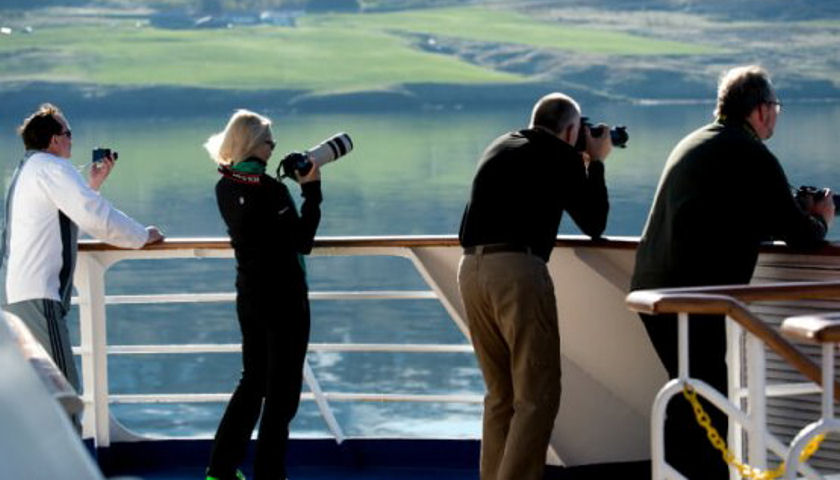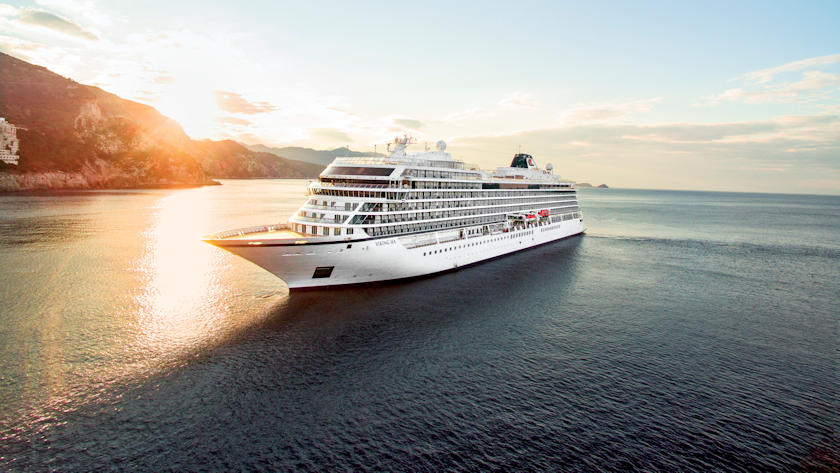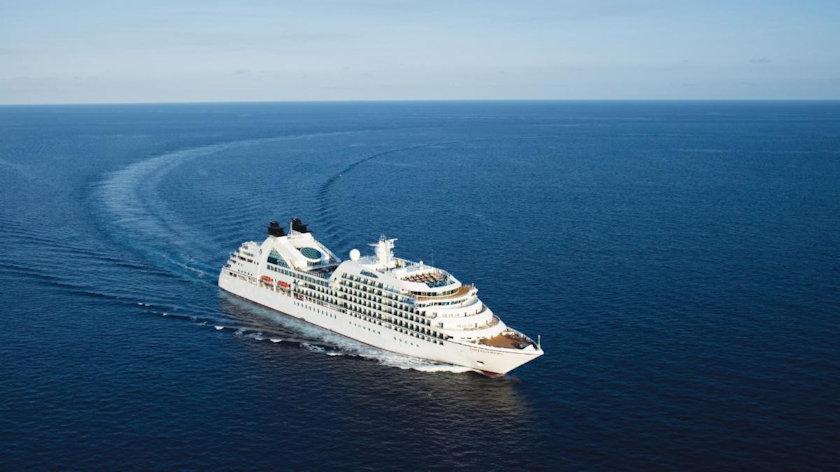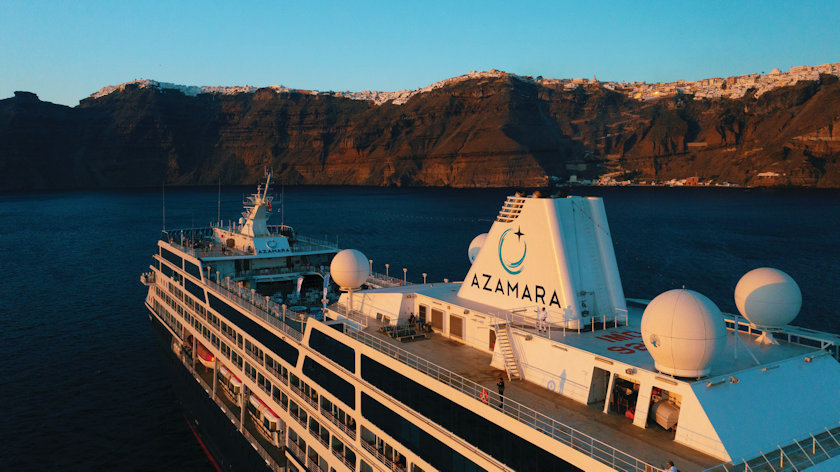For travelers who can’t get enough of everything British, Poseidon Expeditions announces a new 13-day cruise, British Isles: Legendary History & Wild Nature, scheduled for May 22-June 3, 2019.
The cruise departs Plymouth on England’s southwest coast, sailing north on the Irish Sea between England and Ireland. The route wraps around islands off of Scotland’s coast before concluding in Edinburgh. The intent is to explore a diversity of landscapes, wildlife and history that on most mainland visits to the UK are overlooked because accessing these islands is time-consuming. See: https://poseidonexpeditions.com/british-isles/british-isles-cruise/144/
This program is a first for Poseidon Expeditions, the go-to company for Arctic and Antarctic cruises. If booked by Nov. 1, 2018, guests receive discounts of up to 15 percent. A per person double, suite accommodation rate, with discount, is from $7,196; a per person triple rate, with discount, is $5,216. Guests travel on the recently refurbished 114-passenger Sea Spirit.
Leading a team of naturalist guides will be historian Huw Lewis-Jones. He holds a doctoral degree from Cambridge University and has served as Curator at the Scott Polar Research Institute and the National Maritime Museum in London.
Guests investigate a micro-climate (think palm trees) on the Isles of Scilly off Cornwall’s coast, moving on to puffin breeding grounds on the Skellig Islands just off of the Republic of Ireland. Here the trip becomes a feast for birdwatchers on the lookout for the northern gannet, European storm petrel, northern fulmar, Manx shearwater, black-legged kittiwake, common guillemot and razorbill. The rich waters around the islands are home to whales, dolphins and seals.
Snowdonia National Park in Wales offers some of the wildest and most dramatic landscapes in Britain where otters, water voles, wild ponies and rare birds such as dotterel and peregrine falcon thrive. Off of Northern Ireland’s coast is Rathlin Island, with one of Europe’s largest seabird colonies. At the West Light Seabird Centre atop a sea cliff are scenes of cavorting puffins, guillemots, kittiwakes, razorbills and fulmars.
Next up are Scotland’s Inner and Outer Hebrides including Iona, home of Iona Abbey, founded in 563 AD. On St. Kilda are vestiges of a population that evacuated in the 1900s because of isolation. Today hundreds of thousands of seabirds, two early types of sheep and over 130 species of flowering plants live here. The remote Flannan Islands reveal Leach’s petrel, minke and pilot whales, and several species of dolphin.
Mainland, the largest of the Orkney Islands, is a potpourri of centuries: a well-preserved 5000-year-old village site at Skara Brae, the ancient Ring of Brodgar within the UNESCO World Heritage Site “Heart of Neolithic Orkney” and Saint Magnus Cathedral, built by 12th century Vikings.
Isle of Noss, far north in the Shetlands, displays towering sandstone cliffs weathered into horizontal ledges, perfect nesting sites for gannets, puffins, guillemots, shags, black-legged kittiwakes, razorbills and fulmars.
Visitors flock to Fair Isle for the internationally renowned Fair Isle Bird Observatory, and for historic crofts, lighthouses and wildflowers. Seals are common to its bays. Bass Rock, a bastion of volcanic rock, hosts the world’s largest colony of northern gannets in the breeding season.
Additional highlights are:
- Skellig Michael’s well-preserved early Christian monastery (UNESCO World Heritage Site)
- The basalt columns of Ireland’s Giant’s Causeway
- Conwy Castle, a 13th-century fortress in Wales representing castle life in medieval Britain (UNESCO World Heritage Site)
- Jarlshof, one of the most remarkable archaeological sites in the British Isles, preserved stone structures spanning 5,000 years of human settlement, including Bronze Age oval houses, Pictish wheelhouses, an Iron Age broch, a Viking longhouse and a medieval farmhouse
- The Broch of Mousa, the finest preserved Iron Age fortification in the British Isles. This 2,000-year-old round tower is the tallest (40 feet high) broch still standing.
- Waterford crystal
- Mount Congreve, a magnificent 18th-century Georgian estate and botanical gardens containing thousands of plant species on 70 acres of intensively planted woodland and a four-acre walled garden
- Shetland ponies
- A Highland distillery
- Tresco Abbey Garden with a collection of 20,000 exotic plants from all corners of the world
Sea Spirit guests enjoy the freshness of a brand-new $1 million refurbishment of all 55 guest suites (square footages up to 463) and public areas. There are two multi-purpose lounges for educational programming and entertainment, a restaurant that can accommodate all passengers in one seating, a well-stocked library, and ample outdoor deck space to enjoy the polar landscapes and wildlife. Activities directed by a team of experienced polar guides and educators include Zodiac excursions, hiking and optional kayaking and camping, along with informative presentations aboard. The ship’s expedition staff-to-passenger ratio of 1:9 is one of the best in the business.
For details please see https://poseidonexpeditions.com/british-isles/british-isles-cruise/144/
For inquires and reservations in North America, or to request a catalog, agents can contact the company’s Providence, RI, sales and reservation office at SalesUSA@poseidonexpeditions.com or by telephone at 347-801-2610.




